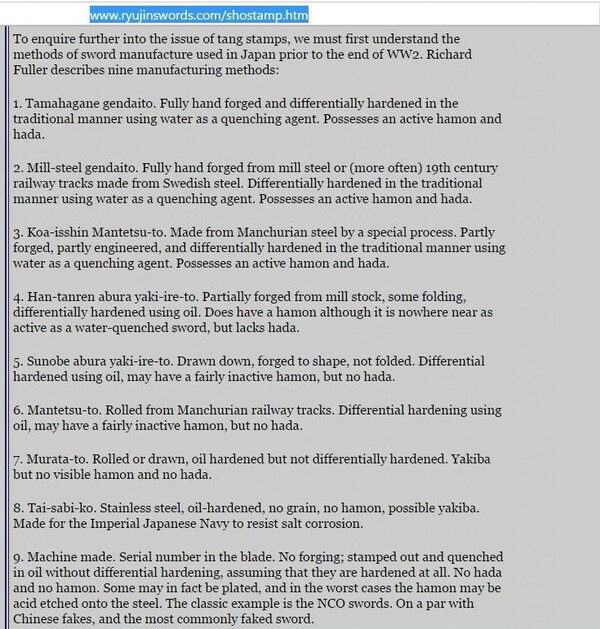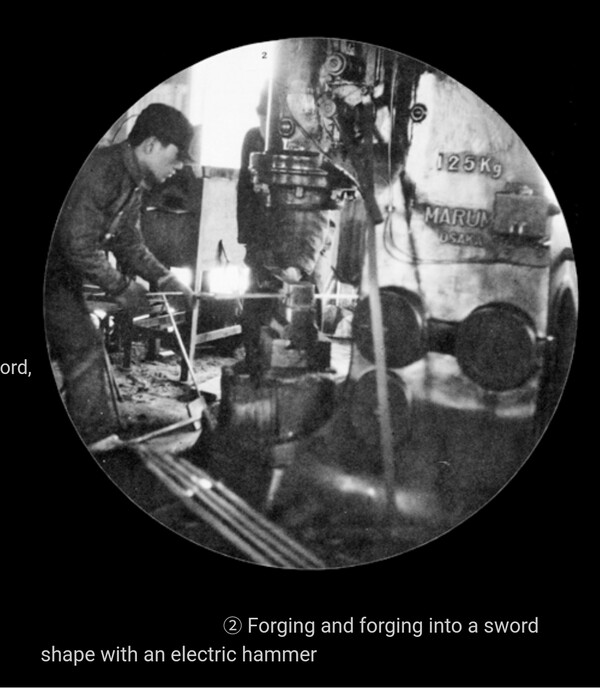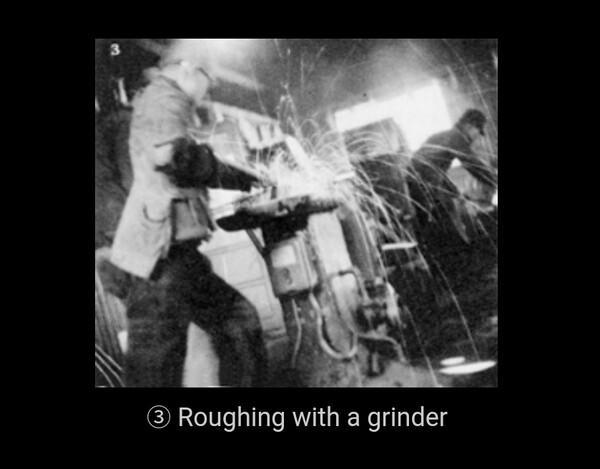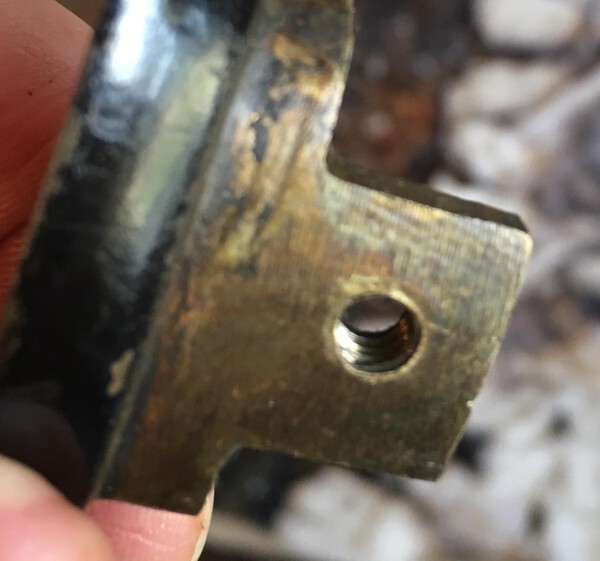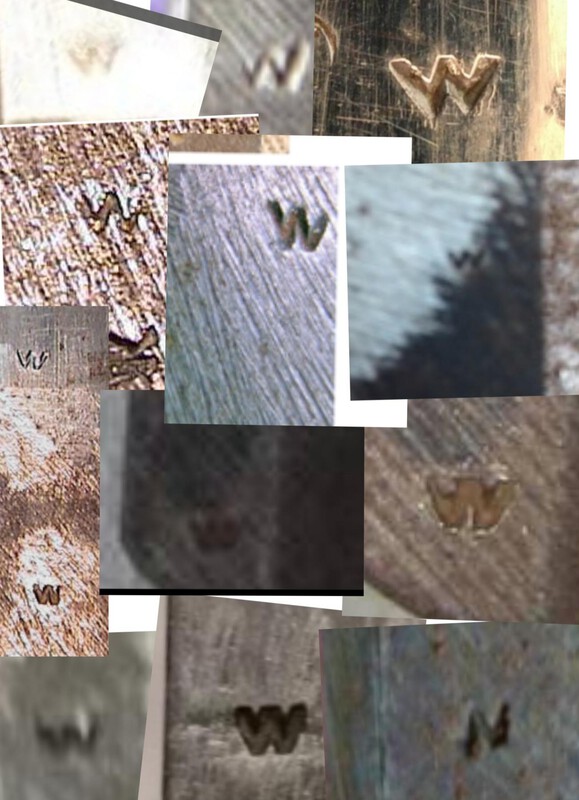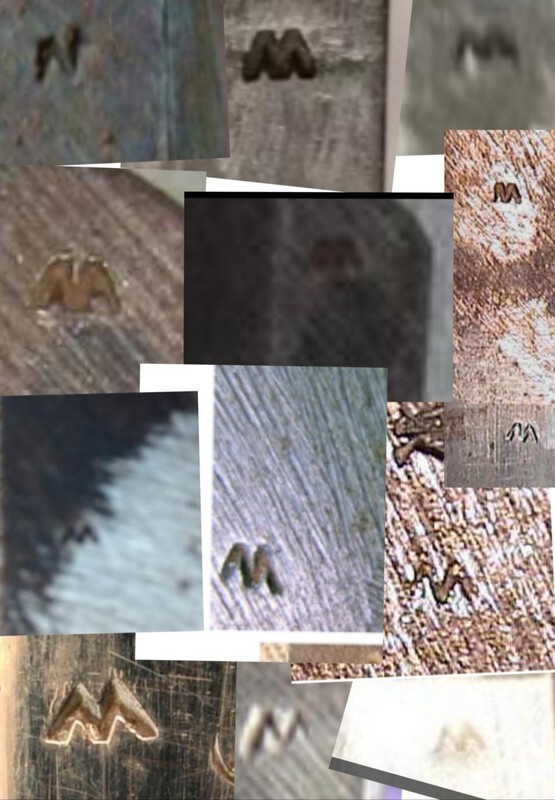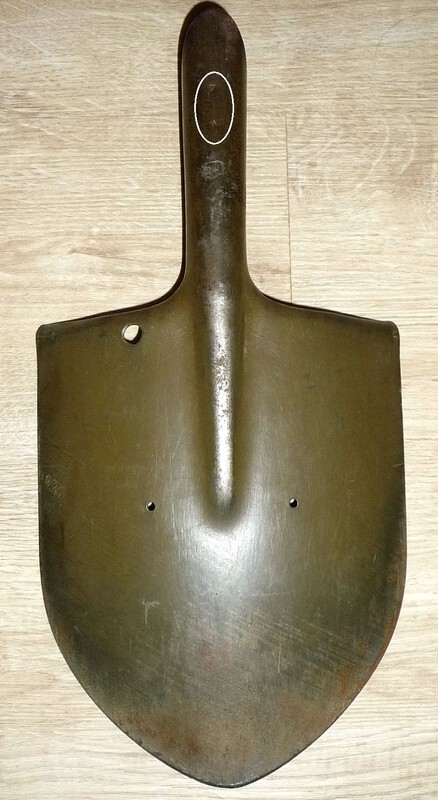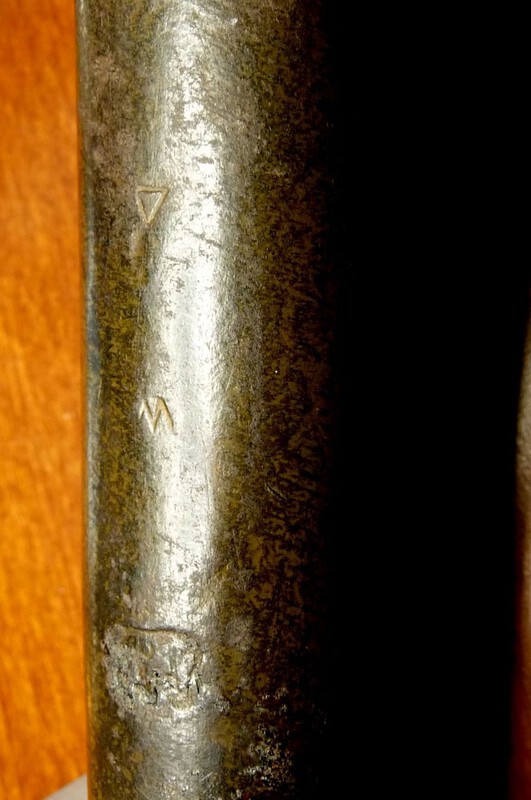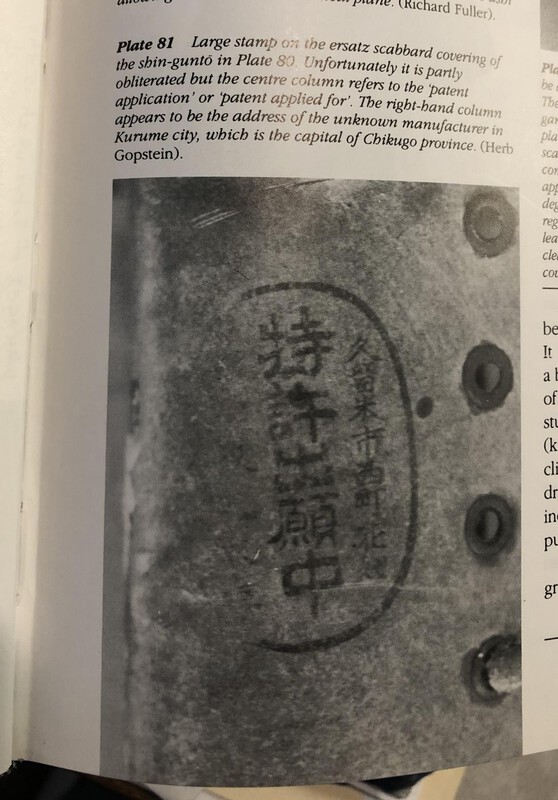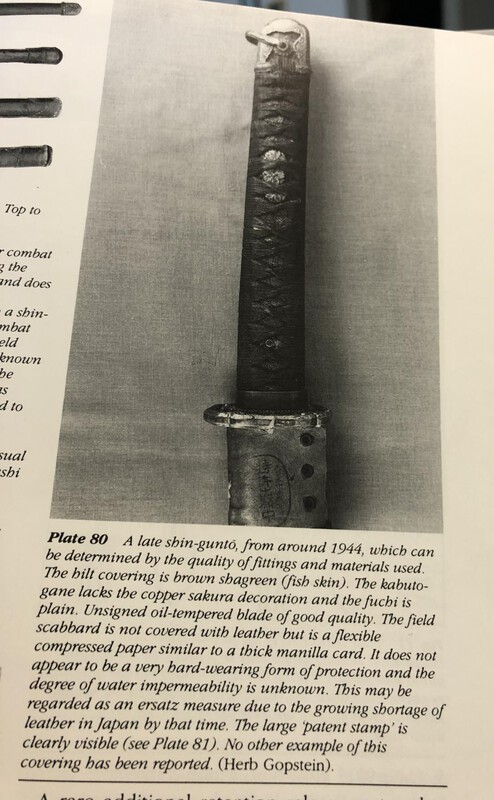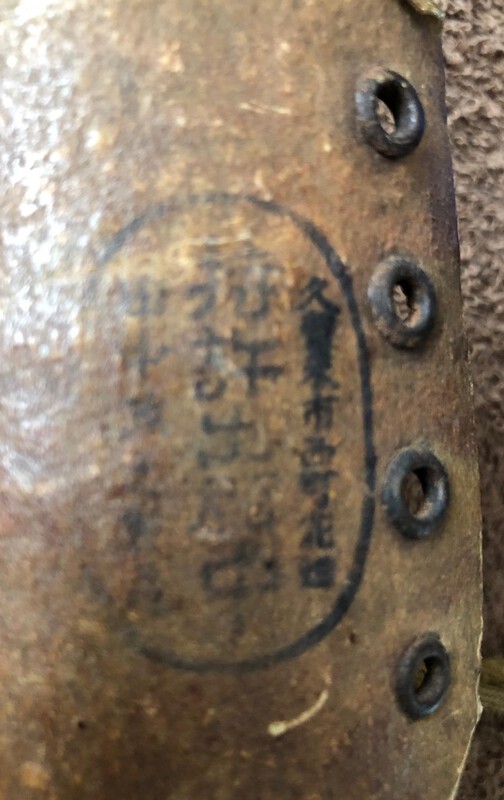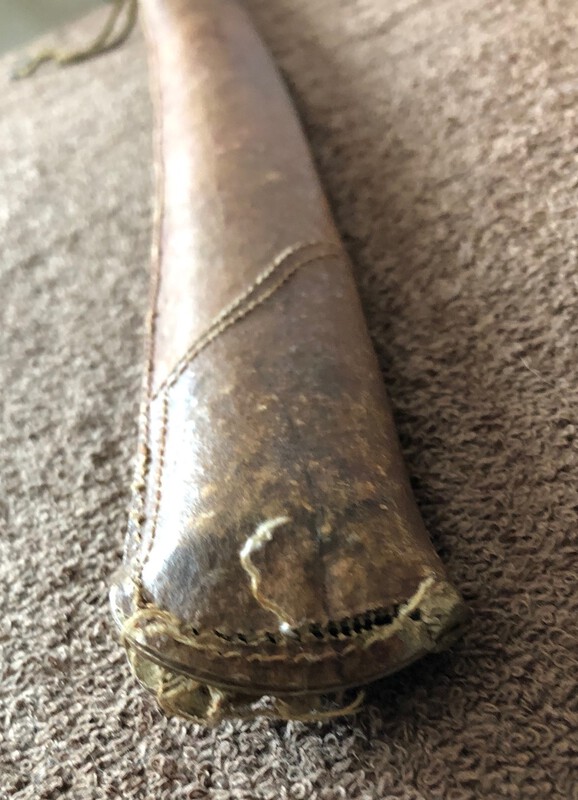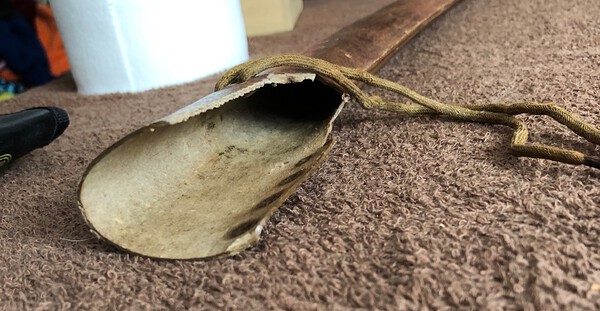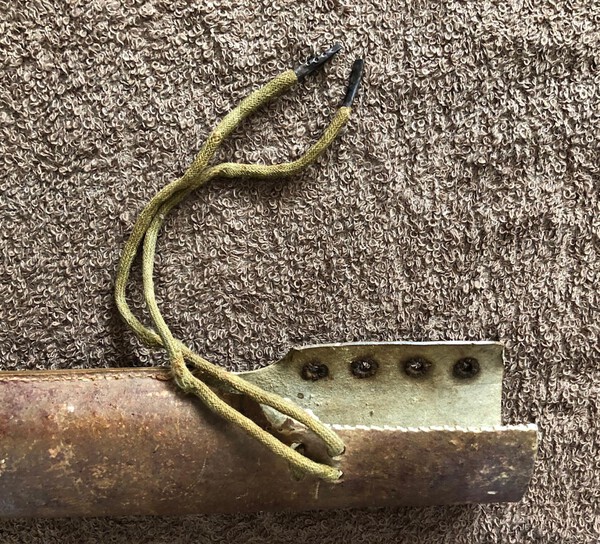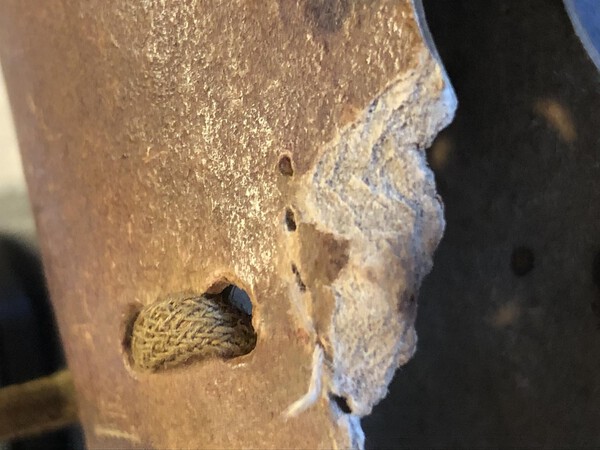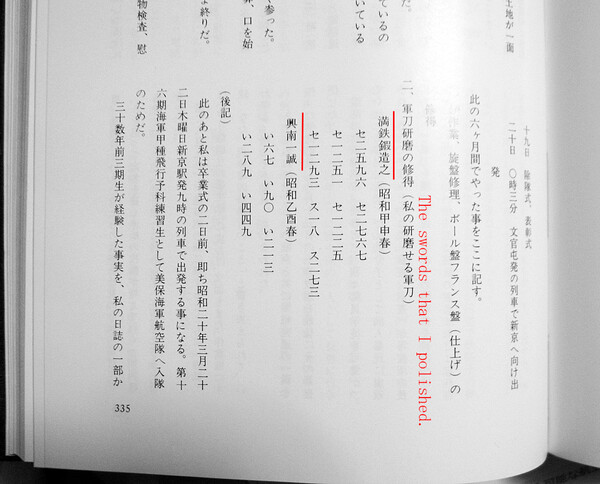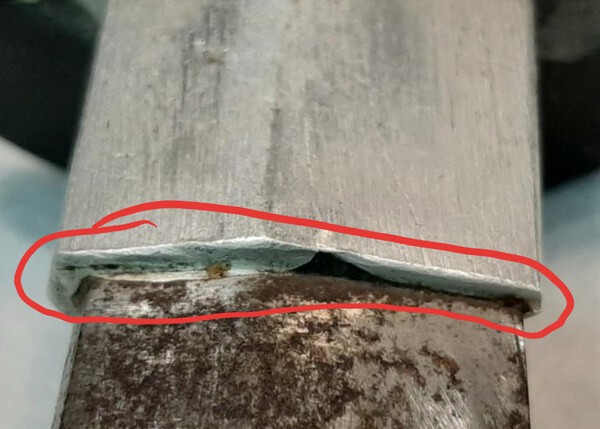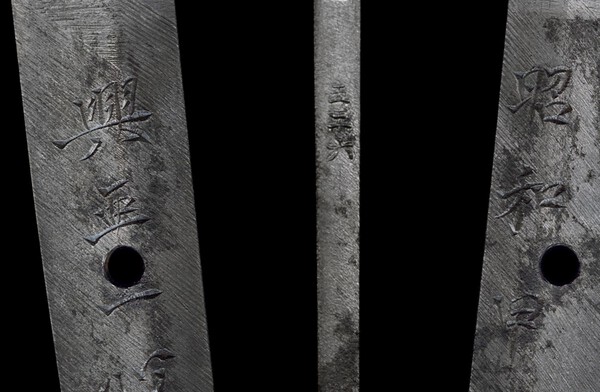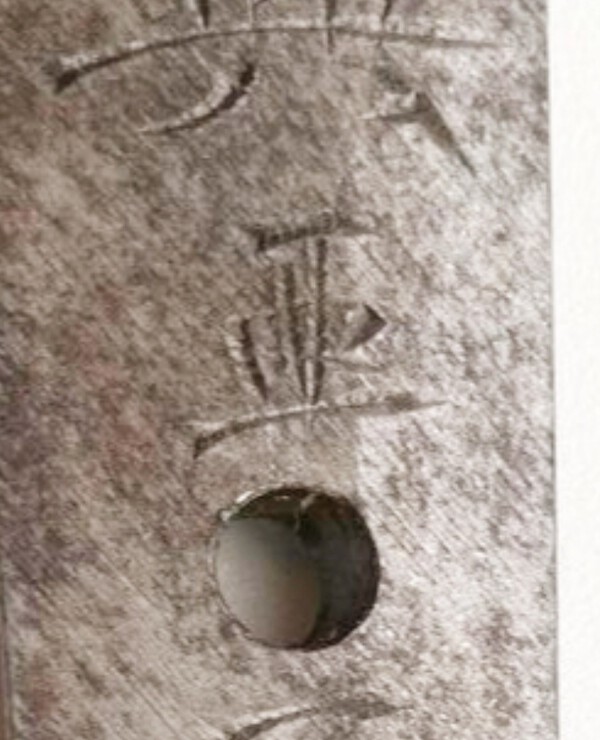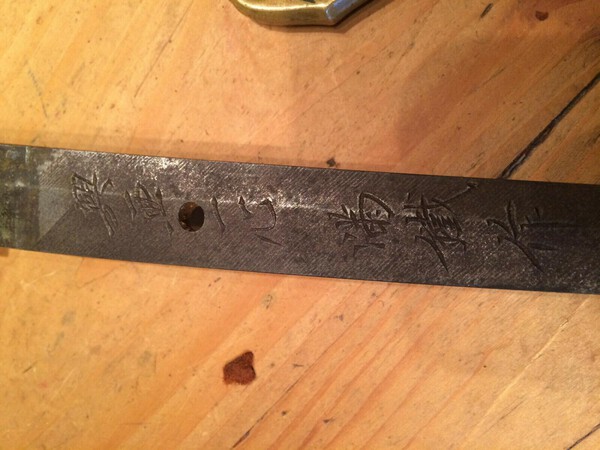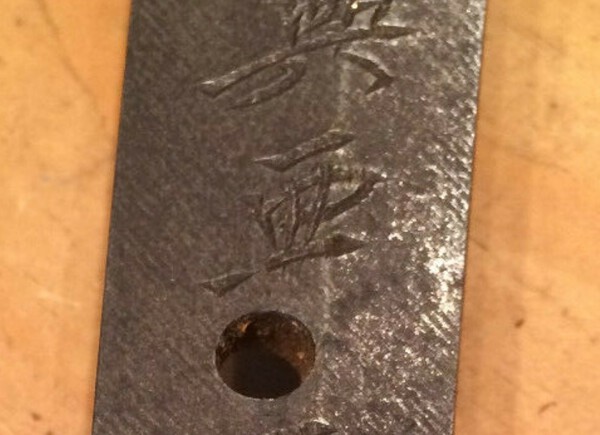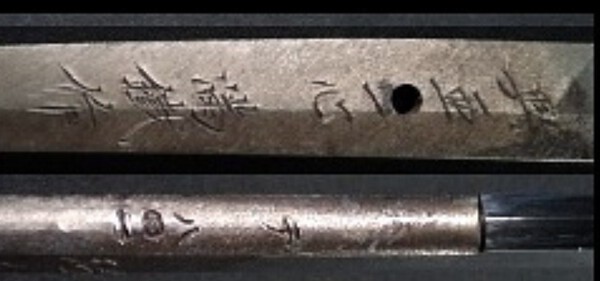-
Posts
13,024 -
Joined
-
Last visited
-
Days Won
155
Content Type
Profiles
Forums
Events
Store
Downloads
Gallery
Everything posted by Bruce Pennington
-
Thanks guys. This time, they've used "MAPCARGO", 2501 Redondo Beach, CA. I got the same response from the buyer. He's a collector and says he's had a dozen swords shipped to him, some from the USA, in the past year with not trouble. Maybe it's just the COVID backlog and whatever carrier they tried to use is just maxed out. I've given him the choice to wait for it to return to me, and I'll pay to ship it myself, or he can have a refund.
-
Well, I just got this from Ebay International Shipping: "Our shipping partners have notified us that the package cannot be delivered due to either the temporary suspension of service or custom prohibited regulations in the destination country. Please note that the item is being returned to you and, if it is not listed below, we will add tracking for the return shipment to the eBay transaction once it is available. We are sorry this has happened, and we want to make sure you are taken care of. You will be refunded the cost of the eBay international shipping label on your next invoice and will not be charged for the return shipping." I bought the shipping lable from ebay, to be shipped through USPS. But it turns out that ebay has their own international contract with someone in Redondo beach, who has obviously refused this sword. I sold it to a guy in Montreal, through ebay. Now they're sending it back to me! Last time I will use their shipping labels for international. Grrrrrrrrrrrrrrrrr.
-
We need to combine the two threads. If we had an Admin that loved us, he'd do that for us! *XOXO*
-
John, That's the letter, alright! It says these were made "after the war". I cannot speak to the original G.I.s facts or story, but all the evidence we have, factual evidence, is that these were made as souvenirs after the war. Here's another document provided by a member with one of these, and the PX document came with the sword. Dated 1950. If such a story were to be corroborated somehow, it would really shake things up on this topic. Now, we do know, for those of us who know some marines, that they can be capable to stretching a yarn on unsuspecting folks sometimes.
-

WWII Shin-Gunto Sword MEI Identification
Bruce Pennington replied to cbecket's topic in Translation Assistance
The date "Showa 18th Year", translates to 1943. Brian touched on the "machine made" term, but to give a little more detail, all blades made during WWII were made by people. There was quite a shortage of blades throughout the war and to ramp up production (over 2 million were made by war's end) they started using hydraulic hammers and other machines to aid in the manufacture. The term is mostly used to describe "non-traditionally made" blades, which could have meant various things. I'm attaching a list of the 9 ways blades were made during the war. Any variation from the traditional way would have required a stamp on the blade. I'll also attach the lastest "Stamps Document" which goes into depth on the history of the many stamps used during the war. Stamp 5.1.pdf -
John, You did a nice job restoring that piece, congrats! Looks like you did some reading on the history of these, possibly at the NMB thread "NLF Gunto Discussion" - http://www.militaria.co.za/nmb/topic/22400-nlf-gunto-discussion/?hl=%2Bgunto+%2Bdiscussion You will find, though, that we are 99% sure these were made post-war by Toyokawa for the US Army PX. There is a letter on that thread where a contractor was complaining to the US Army about delays on his production order of the 8,000 blades. I believe the mix of Army & Navy parts was intentional to get around prohibitions on making and selling war weapons. This arrangement is WAY out of military specs and therefore would not have been used as a weapon of war and could be classified as a "souvenir" (which is how the item was called on the other document, signed by the Asst Commander of the PX, on that thread). You didn't show a picture of the name. If it is a 2-kanji name struck on the nakago, it very well is the smith. Some of these do come signed by the smith. Many are not signed. Edit: It would be very important to learn if the original Marine who got this, returned to the US before war's end, or was still in the Pacific at the end of the war. Maybe this guy fought on Guadalcanal, but was still in the theatre at the end of the war and returned home with the souvenir. Any way to confirm that?
-

The infamous NCO black saya strikes again
Bruce Pennington replied to zook's topic in Military Swords of Japan
Erwin, That is a GORGEOUS example! I see even the tsuba is painted black. Would you be comfortable doing something for me? If you carefully remove the screw and remove the saya throat, there is a tab on the throat. Bubba-jobs usually don't remove the throat when they paint and the tab will have the original color. I'm attaching a picture of mine and you can see there is no other green paint there, so I believe mine is original too. It is also a Nagoya product. The greenish tint is just bad photography and oxidation -

Significance of Silver Plated Type 98's
Bruce Pennington replied to PNSSHOGUN's topic in Military Swords of Japan
I'm surprised to see the sharkskin saya was painted over. Why pay for an upgrade and then paint it? -
Doooh! I see the label at the bottom now!
-
Chris, Your photos are fantastic! The first looks right out of a Hubble picture and the second could be from a Star Trek movie!
-

Attention Mantetsu Owners: A Survey
Bruce Pennington replied to Bruce Pennington's topic in Military Swords of Japan
Trystan, I just checked mine and there is no number. I suspect yours is simply the practice of the particular koshirae shop that made your fittings. -

Pressed-paper Saya Cover
Bruce Pennington replied to Bruce Pennington's topic in Military Swords of Japan
Yes, I think the print is just too poorly struck. The pictures are focused. It's the print that is weak. -

The cup is always full
Bruce Pennington replied to Guido's topic in General Nihonto Related Discussion
Of course, too much sake can "burn down the candle" too! -

The Mysterious "w" Stamp!
Bruce Pennington replied to Bruce Pennington's topic in Military Swords of Japan
And out of curiosity, I've made a collage of several stamps. It's clear there is quite a bit of variation, so the stamps are made by different shops or arsenals. Still cannot answer JP's question as to whether these stamps were in a machine press or something hand-held and struck with a hammer. Many are struck crookedly, which I have assumed meant hand-held, but the same affect could happen in a press if the weapon wasn't held perpendicular to the stamp. I'm still puzzled by the fact that so many of them have flat "peaks". There are a couple with pointy peaks, but the majority seem to have flat peaks. If these are supposed to be double-chevrons, I would think they should be pointy. -

The Mysterious "w" Stamp!
Bruce Pennington replied to Bruce Pennington's topic in Military Swords of Japan
I'm also posting, when I find them, the stamps found on other military equipment, like this shovel provided by Nick Komiya at Warrelics.com. I've heard there are some on guns, but I don't have pics of them yet. -

The Mysterious "w" Stamp!
Bruce Pennington replied to Bruce Pennington's topic in Military Swords of Japan
A question came up about blades marked 3 times with the W/M. I've found 2 smith's - John's Yoshiharu, and 2 Takehisa blades. The Takehisa in Slough's has all 3 on one side. But the one linked in John's post above has 2 on one side and 1 on the other of the nakago. The Yoshiharu is similar, 2 on one side, 1 on the other. -
I just discovered that a saya cover I bought at an antique shop in Narita Japan is not leather, but is pressed-paper! I had always thought it odd how light it was yet extremely stiff, not pliable like leather at all. But it looks like leather! I was looking for something else in my Fuller & Gregory book when I came across a cover with the exact same stamp as the one on mine! I'll quote Fuller: "Large stamp on the ersatz scabbard covering of the shin-gunto in Plate 80. Unfortunately it is partly obliterated but the centre column refers to the 'patent application' or 'patent applied for'. The right-hand column appears to be the address of the unknown manufacturer in Kurume city, which is the capital of Chikugo province. (Herb Gopstien)." Under Plate 80: "...The field scabbard is not covered with leather but is a flexible compressed paper similar to a thick manilla card....This may be regarded as an ersatz measure due to the growing shortage of leather in Japan by that time....No other example of this covering has been reported. (Herb Gopstein)." Well now there is! Here's the one in F&G: Here's mine: Here's a close-up of the torn part and you can see the layered paper:
-
Neil, Your last example makes me wonder about the ones that aren't black. I'm wondering if we are seeing last-ditch Army Rinji-seishiki along with the Navy ones posted? Nick's document dictated that the saya be "black lacquered" for Navy. On the otherhand, we already know that the military specs weren't always followed to the letter. And his comment that at the end, all that was required was that they "stab or shoot". Just wondering.
-

Attention Mantetsu Owners: A Survey
Bruce Pennington replied to Bruce Pennington's topic in Military Swords of Japan
From Nick Komiya: “ To read 満鐵鍛造之 without shifting the "Korewo" to the middle is exactly the same as saying in English, "This Mantetsu forged". That will sound odd, because the objective pronoun "it" is in the wrong place for English grammar. So when that sentence is read out, the word "this" serving as objective needs to be transpositioned to the grammatically correct English position at the end and you read it out as "Mantetsu forged this". That is the kind of transposition of the objective that occurs between Japanese and Chinese grammar. Mei on swords is actually written in Chinese, not Japanese, so switching of word order is necessary for reading the Mei out in correct Japanese. Can "Korewo" be ignored you ask? Then you are suggesting to read "This Mantetsu forged" as "Mantetsu forged (forges)" . Because the word "tanzousu" is a verb requiring an objective , describing what was forged, a grammatically correct sentence requires "korewo" to be a full sentence. By taking out the "korewo" you are destroying a complete sentence, but people can still understand what you are saying. Also note that by knocking out "Korewo" you allow the interpretation of the sentence to change to "Mantetsu does forging", as if describing the nature of their business. Thus you lose precise control over how people will interpret the phrase. I will simulate for you in English how the various ways of reading out 満鐵鍛造之 will sound to a native Japanese. 1. The correct way " Mantetsu korewo Tanzousu" ="Mantetsu forged this" 2. Korewo ignored " Mantetsu Tanzousu"="Mantetsu forges (forged)" 3. Common mistake "Mantetsu Tanzou kore"="This Mantetsu forge" The third example above is how a Japanese would do an unkind impression of a "Chinese trying to speak Japanese", but incorrectly. It is how Japanese sounds in Chinese word order, and lacking verb endings. The second example sounds less odd, but is no longer a full sentence as it was originally intended and now can be interpreted in two different ways.” -

Attention Mantetsu Owners: A Survey
Bruce Pennington replied to Bruce Pennington's topic in Military Swords of Japan
So, I know our discussions of this issue have evolved over time, and it's certainly confusing to me sometimes, but not much is certain about this (how to identify Tokyo finished blades). Our discussion of the "M/W" stamp initially created the idea that it was coming from Tokyo, but now I'm not so sure. The KNOWN facts are very few: In 1944 we KNOW that Mantetsu was ordered to send 5,500 unfinished KOA ISSIN blades to Tokyo, and 500 finished KOA ISSIN blades to Tokyo. In 1944 and 1945, we KNOW that SOME non-Koa blades were being polished at the Nan-Man Arsenal. We have no proof that either Tokyo or Nan-Man were actually MAKING Mantetsu blades, either Koa-Isshin or non-Koa's. In fact, the mei of non-Koa's state "Mantetsu MADE this", so the mei is arguing against Nan-Man actually making these blades, but they were simply polishing (finishing) them. And the MOST we can say about Tokyo is that we know 5,500 blades were FINISHED there in 1944. The Nan & Ren stamps only prove that the Nan-Man arsenal began inspecting Mantetsu blades. We don't know for a fact WHERE those stamped blades were sent. We have 1944 Koa's that were Nan-stamped and some that were not. In our data-files we have photos of: 1942 - 45 blades 1943 - 46 1944 - 15 1945 - 1 I made a VERY cursory scan of some of the nakago, and Brad's observation of the quality of the nakago work MAY have some merit, but when I get more time, I'll try to survey more of them. -
-

Attention Mantetsu Owners: A Survey
Bruce Pennington replied to Bruce Pennington's topic in Military Swords of Japan
Good to be back, my friend! Had a 2 week sabatical to work on marraige issues (i.e. self-imposed consequence for bad behavior! Part of the program we are both a part of to save our marraige, but already TMI for this thread! Better discussion for Izakaya). -

Attention Mantetsu Owners: A Survey
Bruce Pennington replied to Bruce Pennington's topic in Military Swords of Japan
Trystan,I did some looking at '43 & '44 blades and found a few with almost identical strokes on that second Koa kanji, and some others that were a bit creative. My gut feel is that in the latter years, they were gettting looser with their standardization. I don't like the yasurime on the nakago mune, but that's likely due to the same reason.




